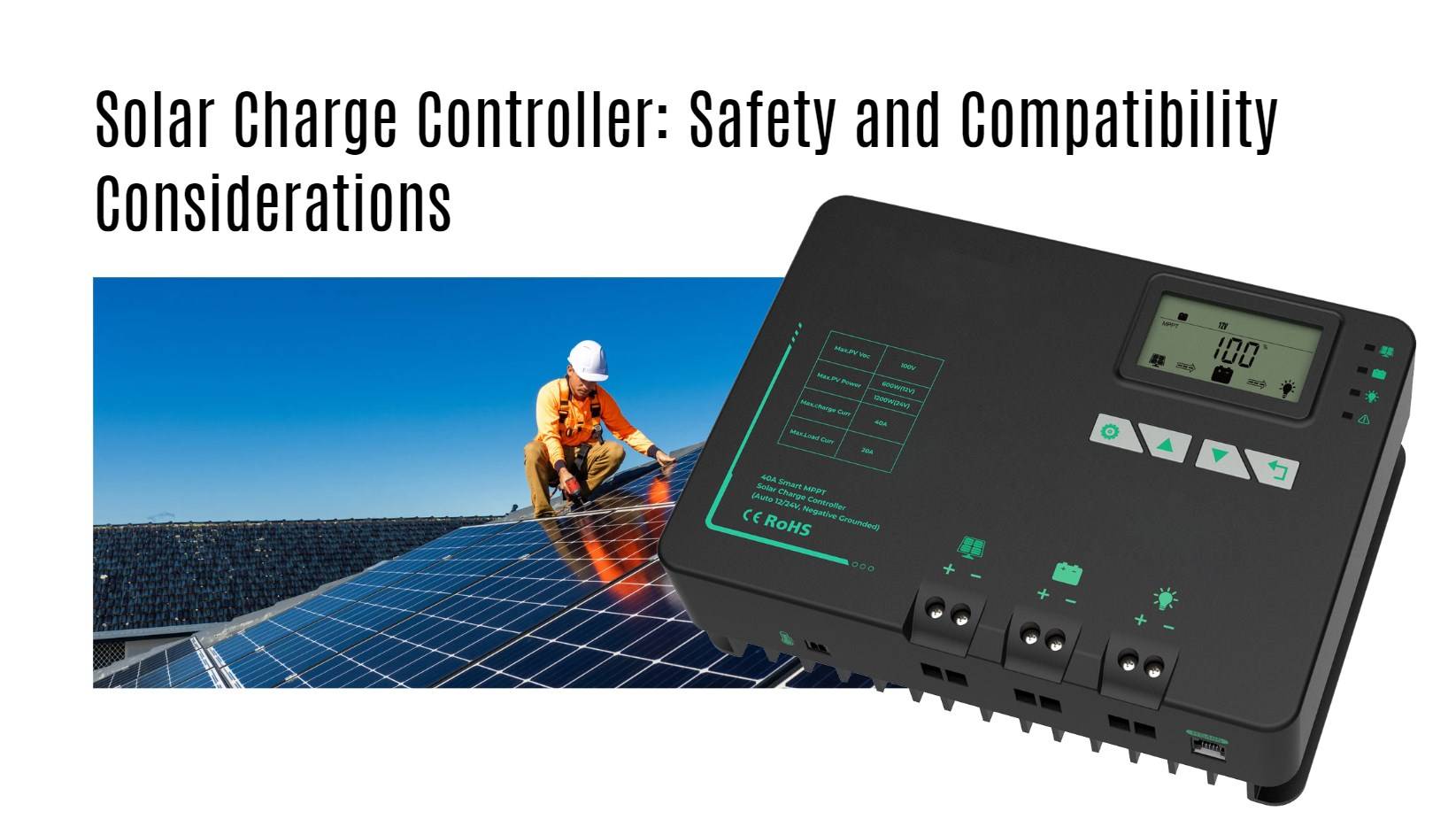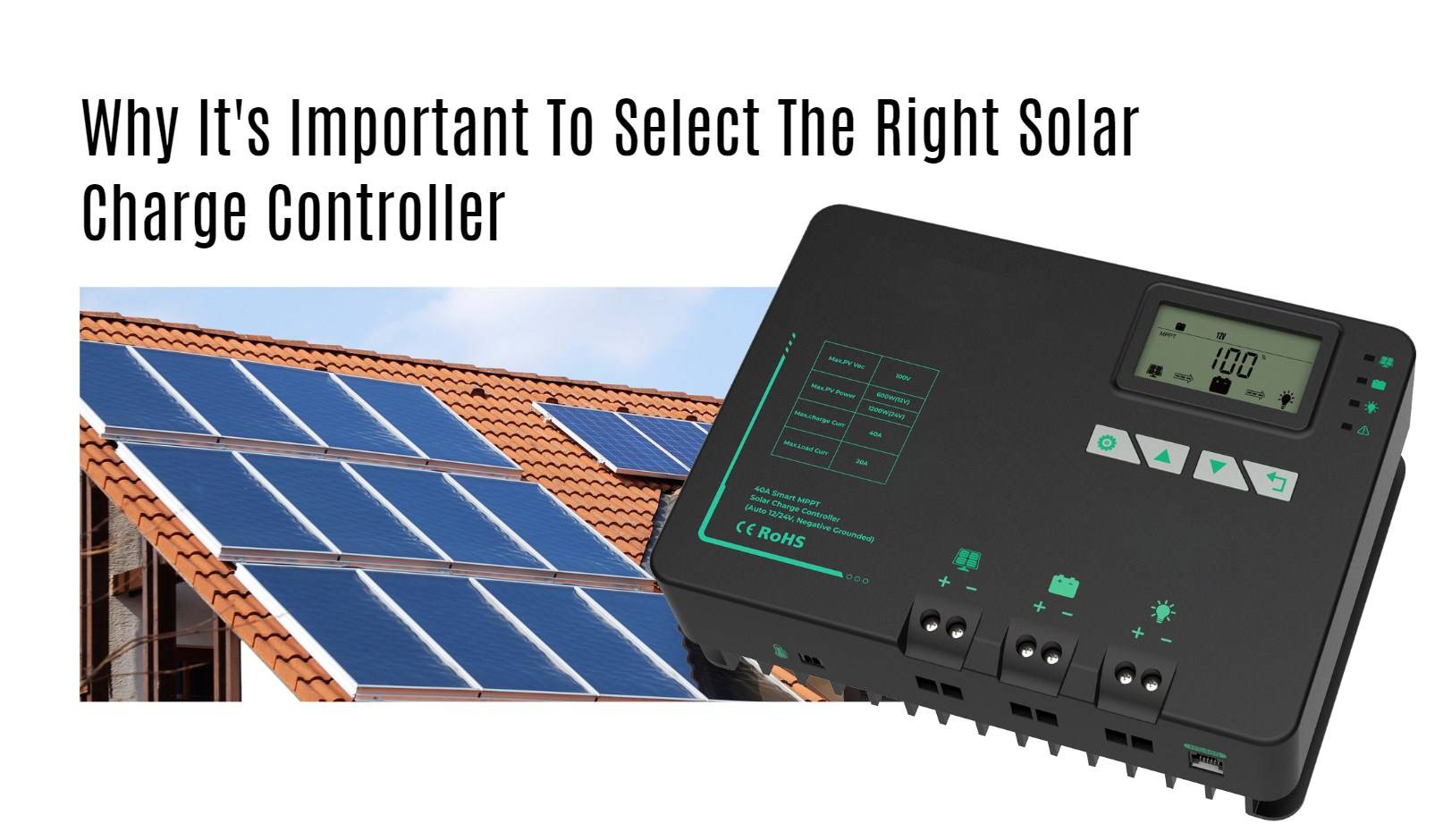Selecting an efficient and properly designed charge controller is crucial for maximizing the longevity and performance of your entire battery-based photovoltaic (PV) system. By optimizing the power from your solar modules, you get closer to offsetting your use of traditional grid power or alternative energy sources. Additionally, an effective charge controller safeguards your battery bank, preventing unforeseen replacement costs. Investing time in researching and selecting the right charge controller for your system is vital.
Understanding Charge Controller Ratings
Solar charge controllers are rated and sized based on the current from the solar module array and the system voltage. The most common system voltages are 12, 24, and 48 volts, while amperage ratings typically range from 1 amp to 80 amps, and voltage ratings can span from 6 to 600 volts.
Example of Sizing a Charge Controller
Consider a 48-volt system with one module producing 8.05 amps. If you have two parallel strings of modules, your system will produce 16.1 amps at 48 volts. To account for variations in current levels due to factors like light reflection or cloud effects, it’s common practice to increase the charge controller amperage by a 25% margin. Therefore, a minimum controller amperage of 20.13 amps would be required, leading us to select a 30-amp controller. Choosing a larger controller allows room for future system expansion.
Maximum Power Point Tracking (MPPT) Charge Controllers
Advantages of MPPT Technology
MPPT charge controllers represent a significant advancement in charging technology. Unlike traditional controllers where the nominal voltage of the battery and solar module array matched, MPPT controllers allow for a higher voltage solar module array than the battery bank’s voltage. This technology converts the higher voltage down to the lower battery voltage, enhancing efficiency and cost savings.
- Efficiency and Savings: By using higher voltage solar module arrays, smaller gauge wiring can be used, which reduces costs. Doubling the voltage (e.g., from 12 to 24 or 48 volts) decreases the current through the wires by half each time, saving on copper usage.
- Adaptability: MPPT controllers can handle solar modules with voltages that don’t match the typical system voltages (12, 24, or 48V), making them versatile for various setups.
Example of Sizing an MPPT Charge Controller
Suppose you have a 3,000-watt solar module array operating at 93.3 volts DC and a 48-volt battery bank. MPPT charge controllers are rated by the output amperage they handle. Using the formula:
Power (Watts)=Volts×Amps
we determine:
3,000 Watts=48 Volts× Amps
Solving for amps:
Amps=3,000 Watts/48 Volts=62.5 Amps
Adjusting by 25% to account for special conditions, we get:
62.5 Amps×1.25=78.13 Amps
In this case, selecting an 80 Amp MPPT Charge Controller, like the Outback Power’s FlexMax 80, would be appropriate.
Safety and Compatibility Considerations
Maximum System Voltage Limit
MPPT charge controllers have a maximum system voltage limit from the solar module array. It is crucial to ensure the array voltage does not exceed this limit to avoid damaging the controller. Consider a safety margin for potential voltage increases due to cold temperatures or other factors.
Example: Ensuring Safety Margin
Using twelve 31.1-volt SolarWorld 250 Watt solar modules with four parallel strings of three in series, the nominal voltage is 93.3 volts with a 48-volt battery bank. The module’s open circuit voltage is 37.8V. For three modules in series:
Open Circuit Voltage=37.8V×3=113.4V
Increasing this by a 25% safety factor:
113.4V×1.25=141.75V
Ensuring compatibility with a Schneider Conext MPPT 60 150 charge controller, which can handle up to 150 volts, confirms that:
141.75V<150V
Thus, this setup is safe and within the controller’s capacity.

Conclusion
Selecting the right charge controller, particularly an MPPT model, ensures optimal efficiency, cost savings, and system longevity. Careful consideration of system voltage, current ratings, and safety margins is essential for designing a robust PV system. As solar technology advances, MPPT charge controllers offer flexibility and efficiency that make them an excellent investment for both residential and commercial solar installations.



